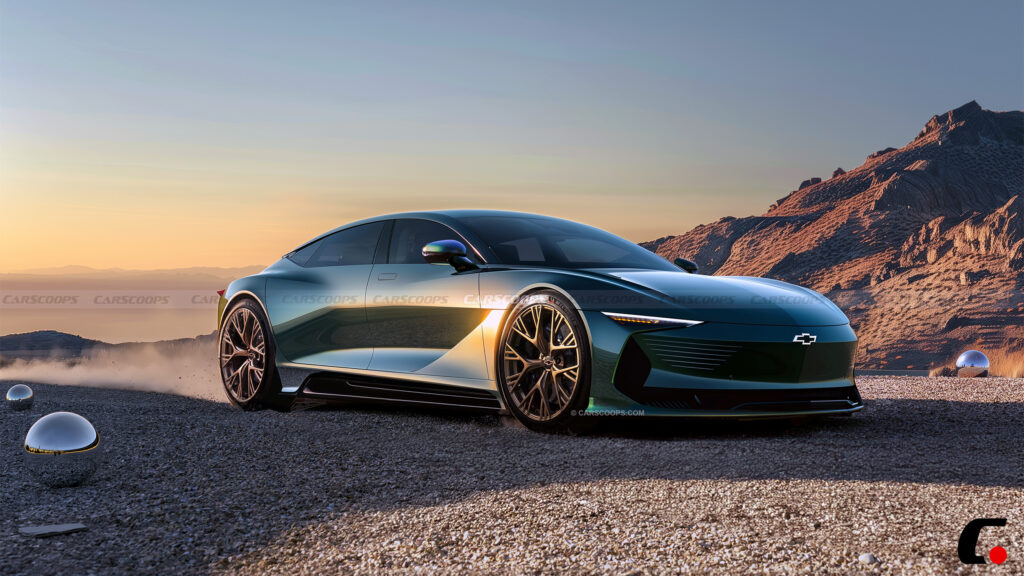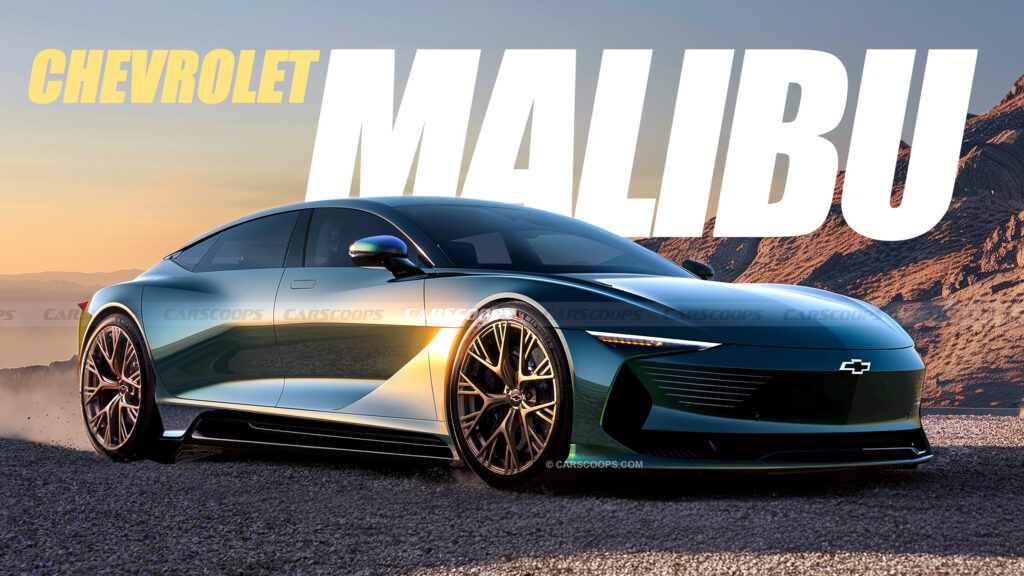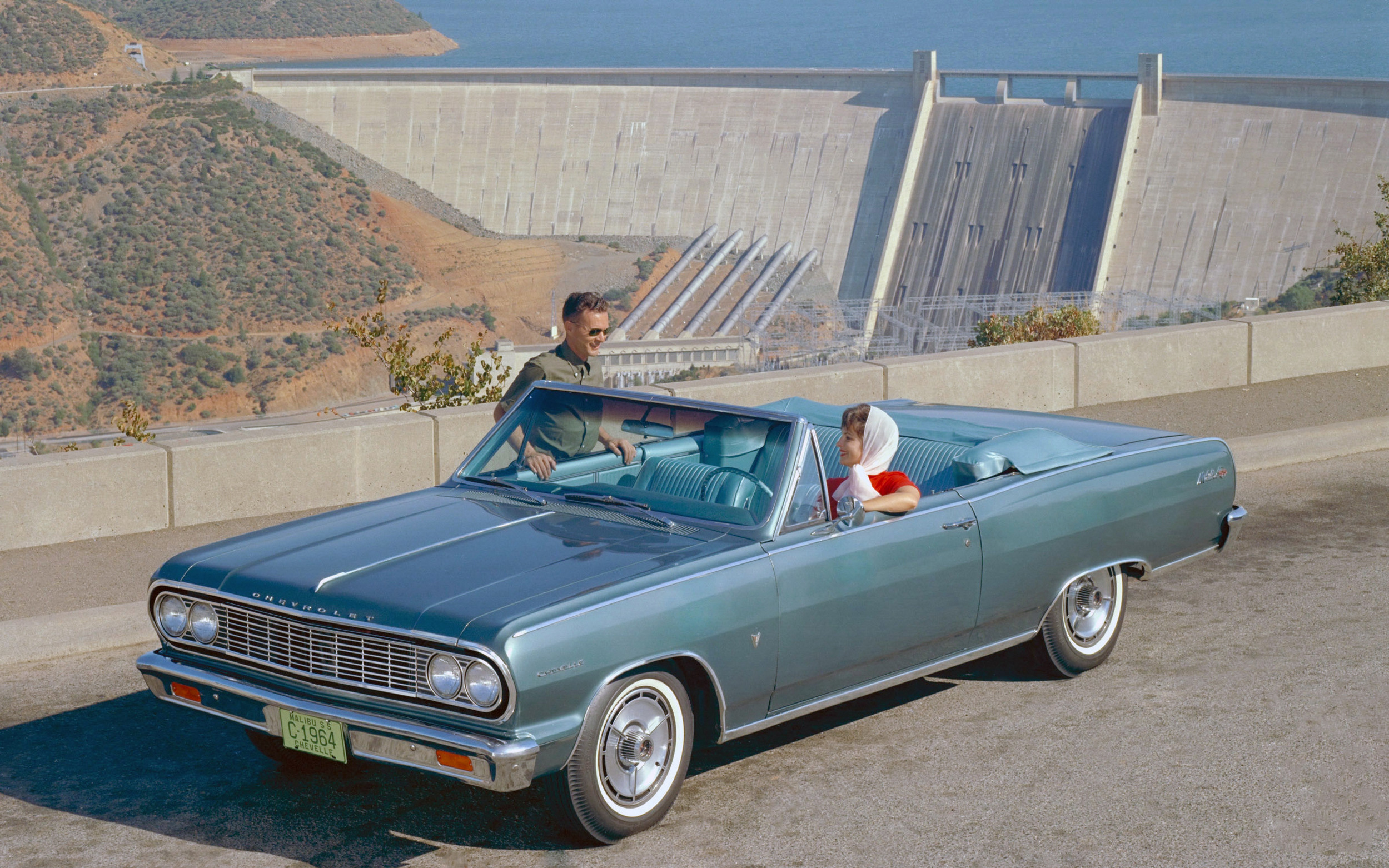- Chevrolet announced the end of production for the Malibu in November 2024, marking the conclusion of its 60-year career.
- This decision mirrors the prevailing industry trend favoring SUVs and crossovers over sedans.
- We’re envisioning its potential rebirth as a more aspirational, performance-oriented model, complete with electric and plug-in hybrid options.
In a major shift, Chevrolet recently announced the impending discontinuation of the Malibu, a fixture on America’s roads since 1964. As the midsize sedan prepares to bow out of production in November 2024 without a replacement, focusing instead on EVs and crossovers, one can’t help but wonder if things would have been different had GM invested substantial resources to keep it relevant and aspirational.
More: What If Australia’s Ford Falcon GT Returns As A Performance EV?
The cessation of the Malibu’s production coincides with the ascent of its smaller sibling, the second-generation Chevrolet Bolt, which will inherit its assembly line at GM’s Fairfax Assembly Plant in Kansas City. This transition also affects the Cadillac XT4, whose production will be temporarily halted for facility enhancements, resuming in late 2025.
A Troubling Reality
The Malibu’s discontinuation after a distinguished 60-year run is emblematic (or perhaps problematic) of the broader industry trend favoring SUVs and crossovers of all sorts of sizes, shapes, and types, often even within the same segment.
The Malibu, a long-standing pillar in GM’s portfolio, is the latest midsize model to be axed, following the exit of the Subaru Legacy, Mazda6, and Ford Fusion. However, stalwarts like the Honda Accord and Toyota Camry continue to persevere – for now, that is.
Yet, the question arises: What if GM reinvented the Malibu as an aspirational model rather than a rental queen and wallflower wonder? Imagine it not only revived but transformed into a beacon of design and performance.
Radical Redesign
This writer’s illustrated proposal would shed its unassuming aesthetics for a bold, muscular design with fastback styling and pronounced curves that suggest motion even at a standstill. Heck, its flared fenders, sill vents, and pumped haunches could visually launch it onto the front row of the World Touring Car Championship (WTCC).
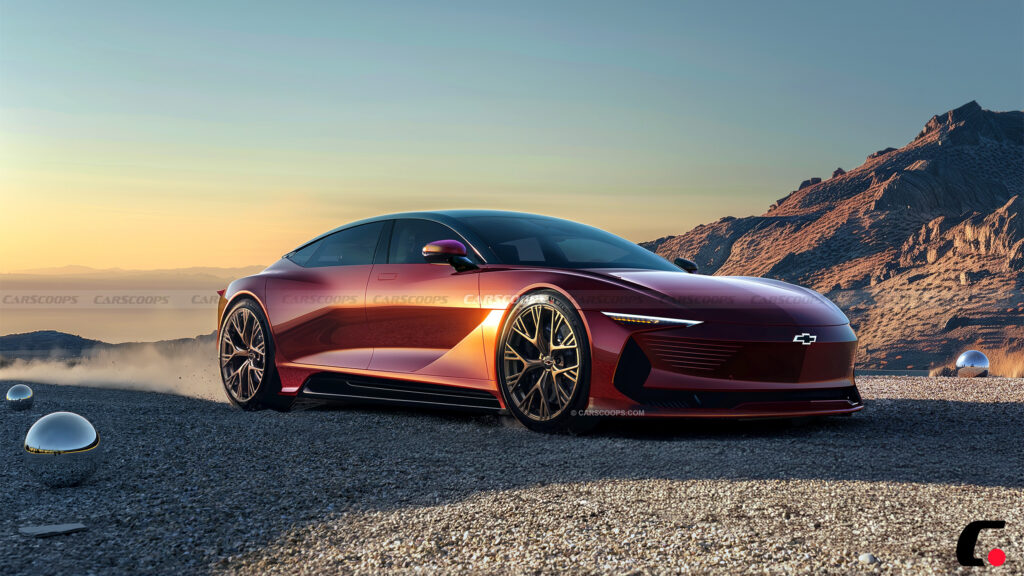
The shark-nosed front graphic and hood crease exude Chevrolet design DNA. At the same time, slim LED headlamps and vertical airflow channels add sleek visual drama, while frameless windows and hidden window trim moldings (similar to the visual trick Range Rover now uses) tidy up the look.
Electrifying Performance
Powertrains would evolve dramatically. GM could introduce cutting-edge electric and plug-in hybrid options, abandoning traditional combustion engines.
A flagship version, perhaps a Malibu ZL1, would feature twin electric motors capable of rivaling Tesla’s Model 3 Performance in acceleration, thanks to an 800-volt architecture and a 90-kWh Ultium LFP battery. This setup would ensure organ-pounding performance and cater to environmentally conscious consumers looking for a sustainable yet powerful driving option.
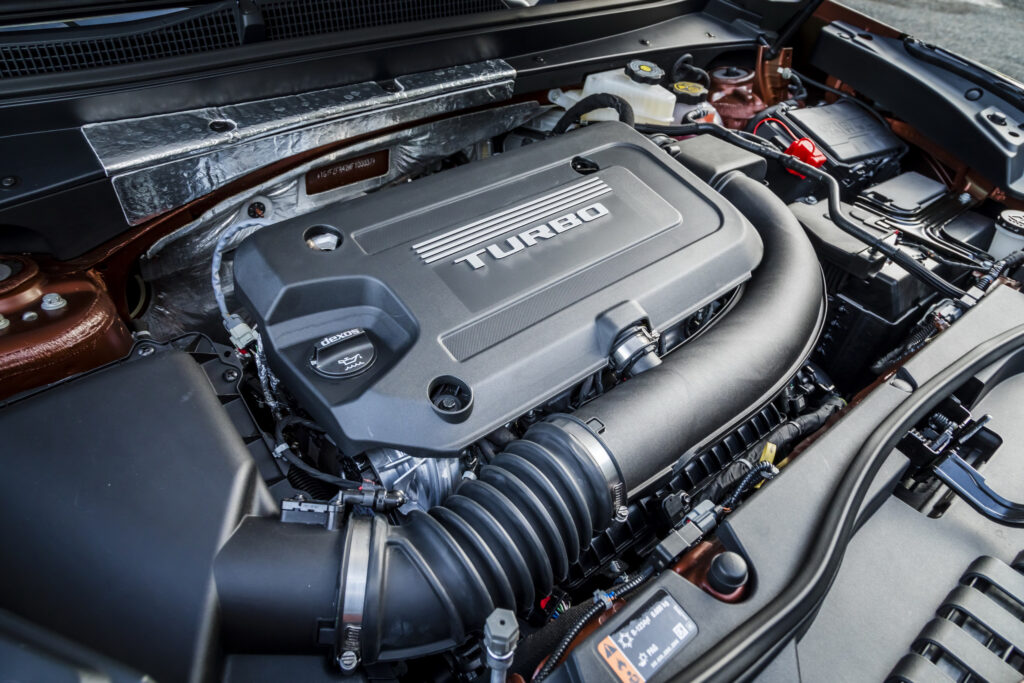
For those not ready to make the full EV leap, a plug-in hybrid variant could utilize a new 2.5-liter turbocharged four-cylinder engine (currently in development) mated to a 188 hp (140 kW) electric motor, providing a blend of efficiency and performance. Adaptive damping and precision-tuned steering would enhance handling, making it as agile as Alfa Romeo’s Giulia and BMW 3-Series.
More: Everything We Know About The 2027 Acura TLX Sports Sedan
While GM has no plans to replace the Malibu directly, the potential for such a model exists – a vehicle that could stand as a testament to GM’s commitment to innovation and quality. It would also pave the way for a new generation of vehicles that align with modern demands and aspirations.
Should Chevrolet have kept the Malibu? Share your views in the comments below.
